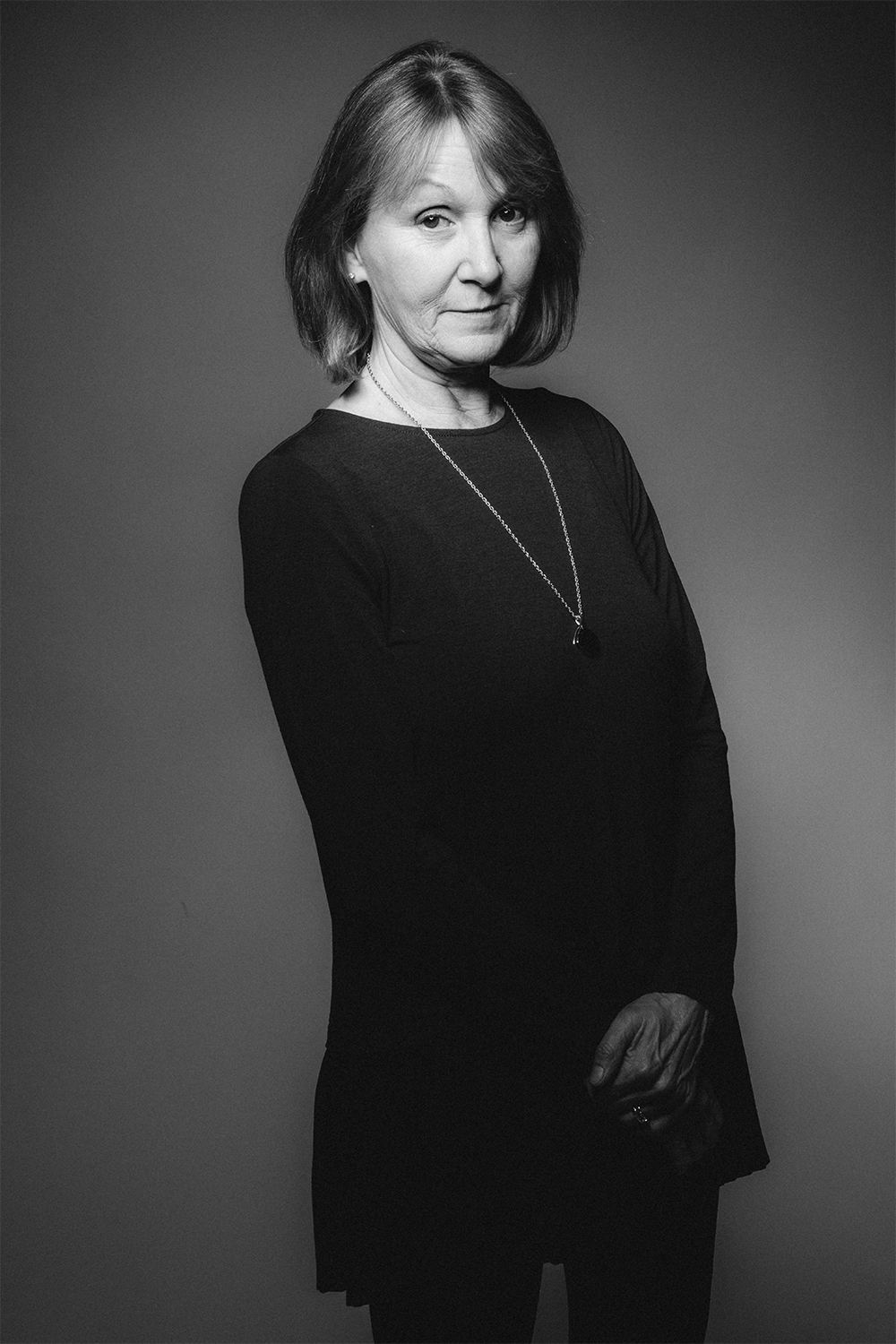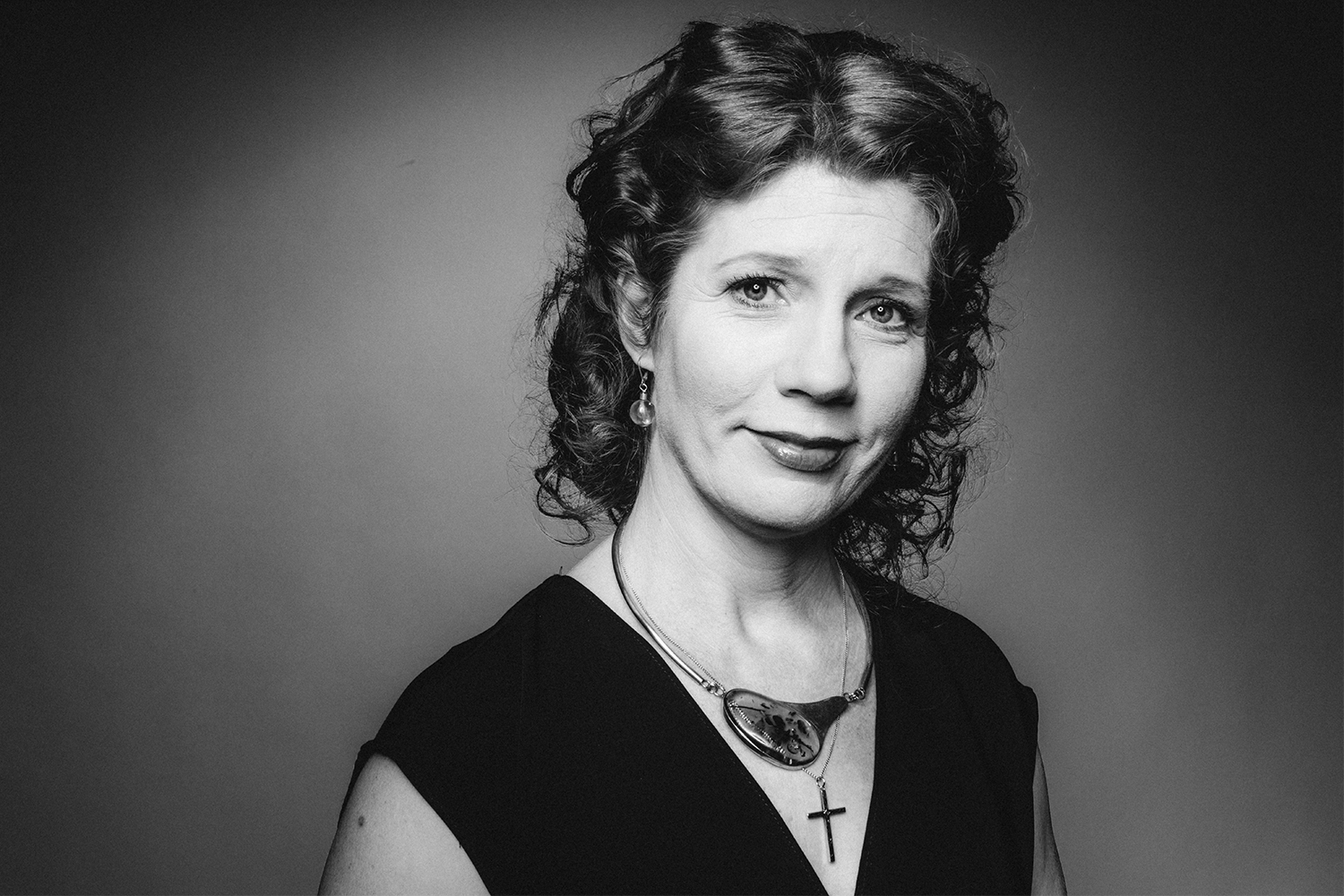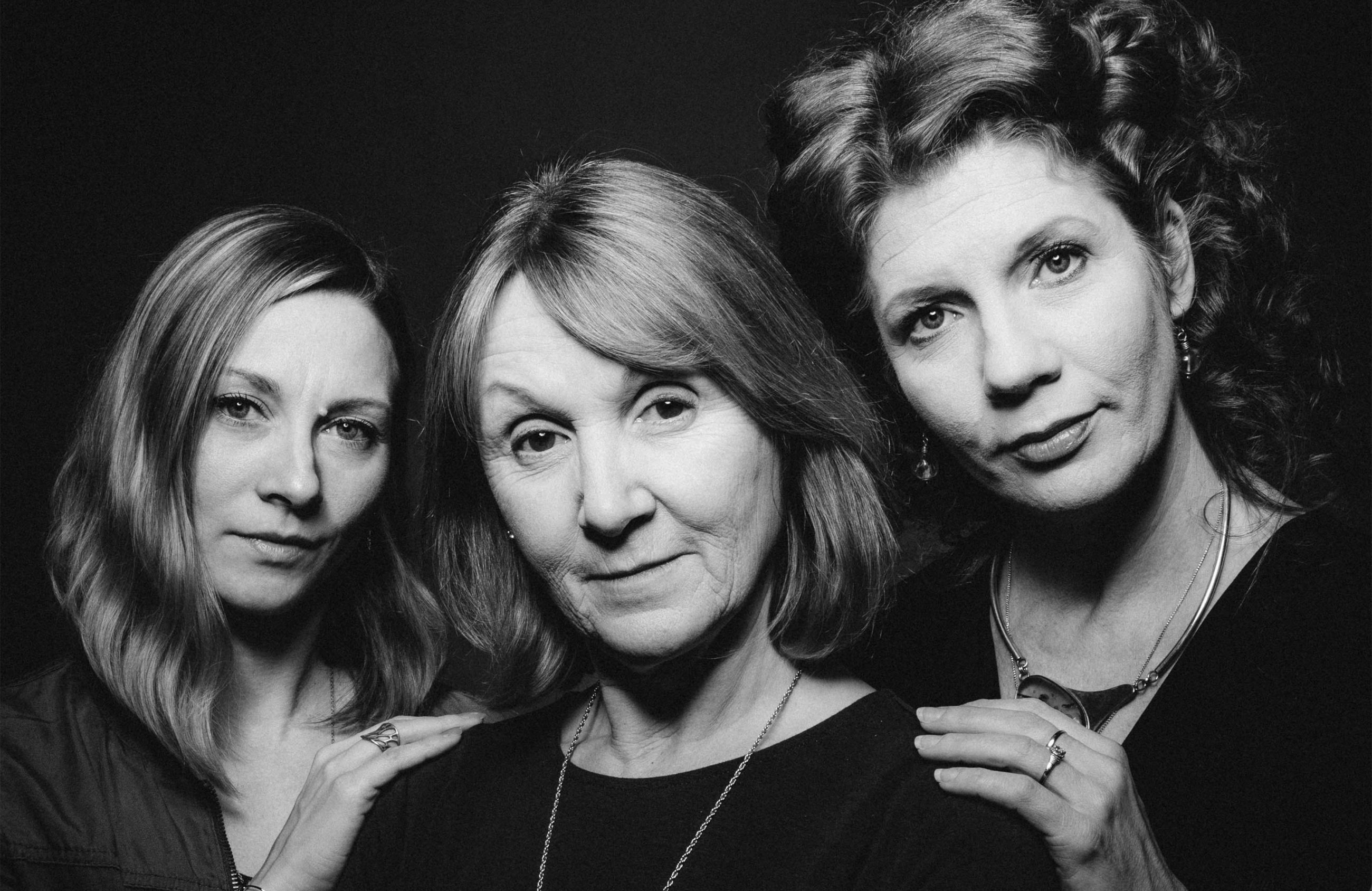Four decades ago, Toni Pimble came to Eugene with her then-husband, Riley Grannan, to start a ballet company. It was the 1970s, a time when Eugene was full of hope and aspiration. Life magazine had named the city one of the most livable in the country, and arts and culture organizations were sprouting like dandelions.
Founded in 1978, Eugene Ballet Company (EBC) has toured in 32 U.S. states as well as making trips abroad to Japan, Taiwan, India, Sri Lanka, Bangladesh, Syria, Jordan and Tunisia. It’s one of the best-known small professional ballet companies in the country.
Now Pimble, 65, is looking to retire.
That means the ballet faces one of the most difficult challenges of any organization: How do you replace the founder?
Here and elsewhere, arts groups have struggled with that problem. Among the least successful locally is the Oregon Bach Festival, which has been plagued with succession problems for more than a decade as it’s tried to replace its two founders [See story on page 14].
Pimble is taking a completely different approach. Instead of doing a national search for a new artistic director who would replace her when she walks out the door, Pimble has planned a slow-motion retirement that will see her backing away from the demands of her job and handing control over to two long-time company members over the next five years.
Enlarge

Photo by Todd Cooper
And — significantly, for her — the two people she has chosen to succeed her are both women.
Sitting in a backstage hallway at the Hult Center one recent morning while company dancers warmed up for a rehearsal, Pimble ticked off examples of major dance companies that were founded by women — and then taken over by men when their founders retired.
“You know, the Royal Ballet was founded by Dame Ninette de Valois, Marie Rambert founded Ballet Rambert, Australian Ballet was founded by Nellie Potts. And the list just goes on and on and on, they were all founded — Lucia Chase, ABT, American Ballet Theatre, right? — the list goes on and on and on, and the next person in? Not a woman. A man. The next person in? Not a woman, a man. It’s just man, man, man!”
She shakes her head.
“And I’m just going, ‘No! The next people taking over from me are going to be women.’ I feel strongly about that.”
Pimble divides her job into two major roles: As artistic director, she makes broad decisions about what works the ballet will perform, shaping the company’s overall vision. Meanwhile, as a choreographer, she creates new ballets for the dancers to perform.
In Pimble’s slow-motion retirement plan, longtime EBC dancer Jennifer Martin, who is now associate artistic director, will gradually take over Pimble’s role as artistic director.
“She’s been with me since 1995,” Pimble says. “If that isn’t commitment I don’t know what it is.”
Martin says she never aspired to running a company.
“In reality, it is a very small group of dancers that move on to this particular position of leadership,” she says. “The greatest challenge will be moving Toni’s vision forward, while maintaining the integrity she so beautifully and gracefully has created. The Eugene Ballet has a lasting legacy of her choreographic works, but she wears so many hats; these are very awesome shoes to fill.”
Stepping into Pimble’s role as choreographer will be Suzanne Haag, a long-time EBC dancer who has also worked with Pimble for years. Her current title is resident choreographer.
Haag says Pimble broached the idea to her of taking over as choreographer about four years ago.
“That was just the initial, ‘Are you interested?’” Haag says. “I was still dancing.”
Haag had choreographed in the past for the Eugene Ballet School, but never for the company itself.
Enlarge

Photo by Todd Cooper
“Toni is, obviously, passionate about creating new work, and she appreciates people that are creative and do want to create new work. And she knew that that was an interest of mine,” Haag says. “She approached me first to create a new work for the ballet and then also with this potential plan in mind.”
Marking the transition, in a sense, will be the company’s upcoming production of Igor Stravinsky’s ballet The Firebird, which runs April 13 and 14 at the Hult Center.
Eugene Ballet performed Pimble’s version of The Firebird as the first ballet ever danced at the Hult Center when the building opened in 1982. She decided the company should take on the Stravinsky once again.
“She wanted it to be revisited, but in a new way,” Haag says. “And then she asked me if I would do that. I think I said ‘Yes’ before she asked! The music is so beautiful.”
Pimble’s version, which Haag has watched on video, “definitely evokes the fairytale feel of the original, yet with her own movement style. It has sort of an enchanted look to it.”
Haag says she can’t change the plot of the ballet, but she can definitely change the setting. “So I decided to go with a dystopic, futuristic way for this. And so that’s what I’ve been kind of playing around with, seeing how this sort of timeless tale can be transported to a different setting.”
Pimble looks back on that first Firebird with a combination of nostalgia and awe. She and Grannan were just kids when they came to Eugene, she says. They had been working in Germany, where music and the arts are state-supported, and had little idea of the economic realities of doing professional ballet in the U.S.
“I think what we were doing was way beyond what we could honestly afford,” she says. “You know, we opened the Hult Center in ’82, right after the symphony, with The Firebird, with a full orchestra! Um, we couldn’t really afford that right now.”
I ask whether Pimble has ever regretted not living in an arts capital like New York.
“I still like creating on my own company,” she says. “It is the most comfortable place for me artistically to create work on, because you chose the dancers, you know the dancers. They know you.”
And, she says, you have more control in a smaller company.
When Pimble was invited to choreograph a work for the New York City Ballet in 1992, she worked out an eight-minute dance — “Two’s Company” — to music by Antonin Dvörak with three of the company dancers.
“And then [NYCB Ballet Master] Peter Martins came along and said, ‘Well, eight minutes is not enough. You need to do a longer piece, and you need to have more dancers in it.’ And I was like, ‘OK, anything you say, Peter.’ And so I did, and I was not happy with it, you know, it was not what I wanted. And so on the opening night, I felt like I was going to my own execution.”
As it happened, the work was saved by a twist of fate: Two of the dancers she added were injured in another performance.
Enlarge

Photo by Todd Cooper
“I got this phone call early in the morning saying, ‘Well, we could shift your ballet to another time, you know, another day and another time. Or Peter said that he knew you kind of wanted it to only be a trio. Do you want to just do the trio?”
Pimble smiles at the memory. The audience response to the smaller work, she says, was “like night and day.”
Eugene Ballet’s slow-motion leadership change really started in 2016, when Grannan retired as managing director and was replaced, as executive director, by Josh Neckels — Jennifer Martin’s husband.
Their relationship brings up another aspect of Pimble’s management style: She’s not opposed to keeping things in the family. Some businesses frown on office romances. Not this ballet.
“The corporate model is, you can’t have a relationship with somebody,” she says. “That’s ridiculous. It’s absurd. We’re human beings. We’re not automatons. And in dance, my god, are we ever human beings!”
Pimble ticks off a number of couples, married and otherwise, in the company today.
“They connect, you know, they’re together. They’re, in a very personal way, interacting with one another physically, especially in partnering. So why would you stymie that?”
Meanwhile, Pimble admits her retirement plan requires a great deal of trust in the women she’s designated to replace her. She expects it to work.
“It’s a slow transition, working with Suzanne and with Jenn and hoping to be able to step away in five years. I feel confident that they can handle it. I’m going to think they could do it now if they had to. But I have things I want to get done before I step away.”
